 It's a tough job but some tabloid has to do it. 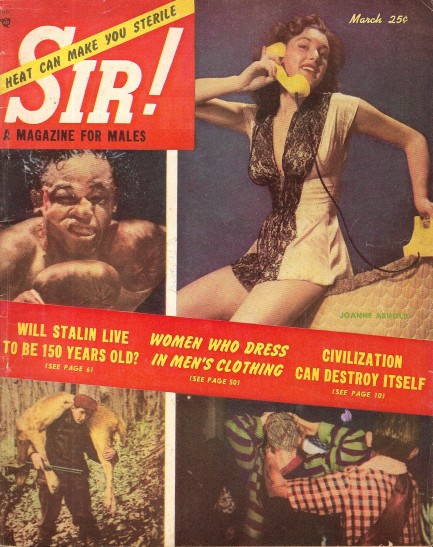
Above is the cover of a March 1953 issue of Sir! magazine, and in an example of the ephemeral nature of such items, shortly after we scanned this we spilled a glass of red wine on it. So behold! It's even more rare than it was when we bought it. Above the slash you see boxer Kid Gavilan, he of the famed bolo punch, and on the right is model Joanne Arnold, who we've featured before here, here, and here. She doesn't appear inside. But what you do get is a jaunt through such exotic locales as Melanesia, Tahiti, and Lisbon in search of knowledge and thrills.
We were drawn to the Lisbon story, which the magazine describes as a capital of sin. To us the word “sin” means late nights, good intoxicants, fun women, and excellent entertainment. To Sir! it means being cheated, robbed, framed, and arrested. To-may-to to-mah-to, we guess. We've spent some time in Lisbon and we love it. We don't know what it was like in 1953, but Europe was still coming out of World War II, which means many countries—even non-combatants like Portugal—were wracked by poverty. So we wouldn't be surprised if thieves were out in droves.
Elsewhere inside Sir! you get art from Jon Laurell and Joseph Szokoli, photos of model Jean Williams and Tahitian beauty queen Malie Haulani, a story on the danger of nuclear weapons, anthropological snobbery in exposés about New Caledonia and the Kogi people of Colombia, and fanciful theories about Russian scientists working to keep Josef Stalin alive for 150 years—which didn't work, because he died a mere five days after this issue of Sir! hit the newsstands. Clearly, the magazine is cursed. It certainly cursed our wine glass. We have thirty-five scans below for your enjoyment and other issues of Sir! here and here.
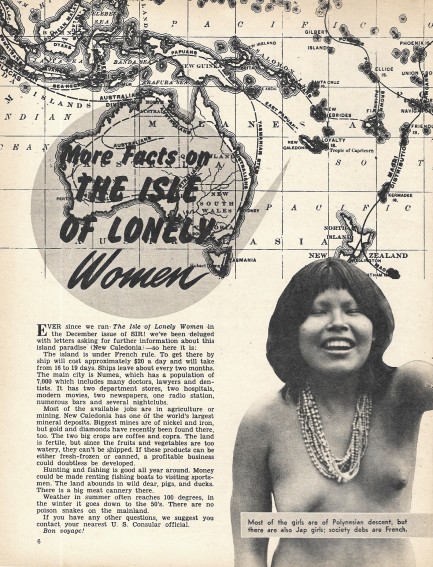 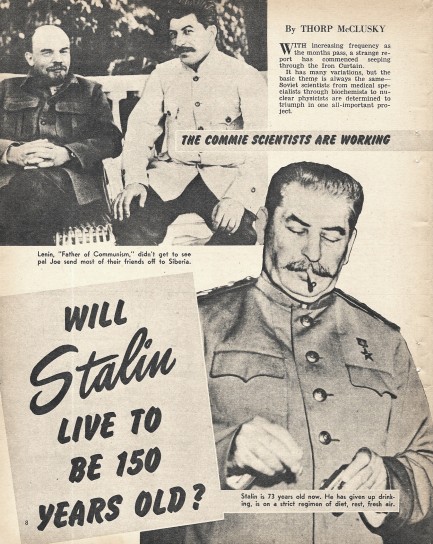    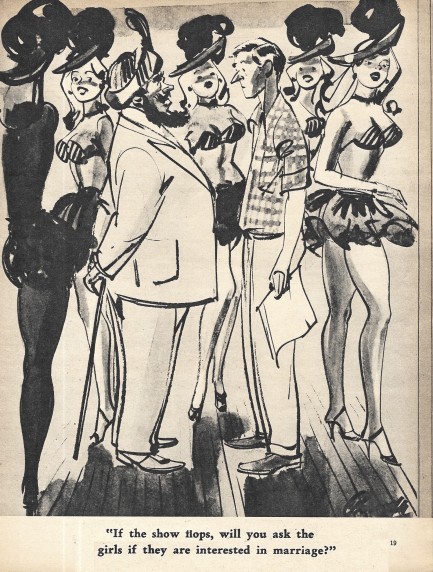 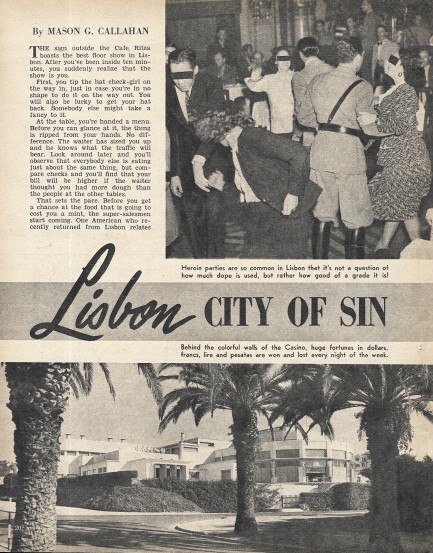 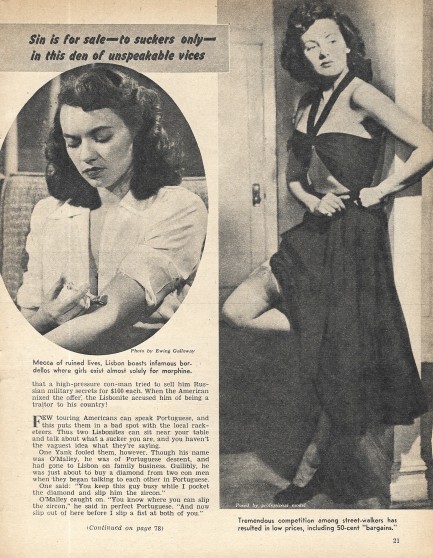 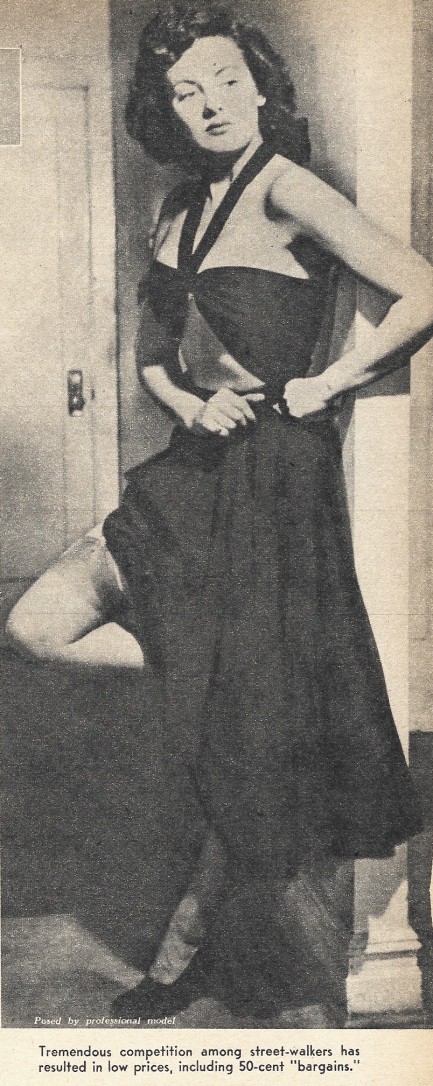 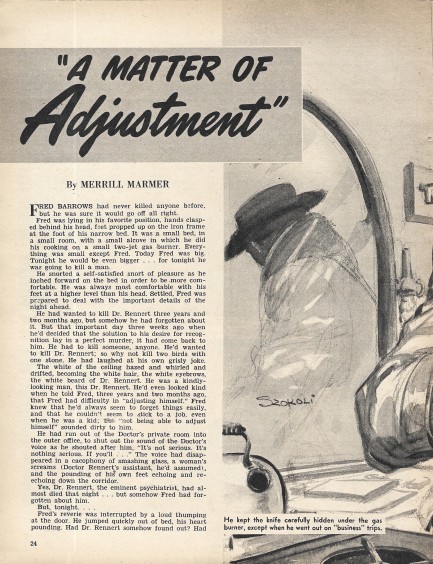 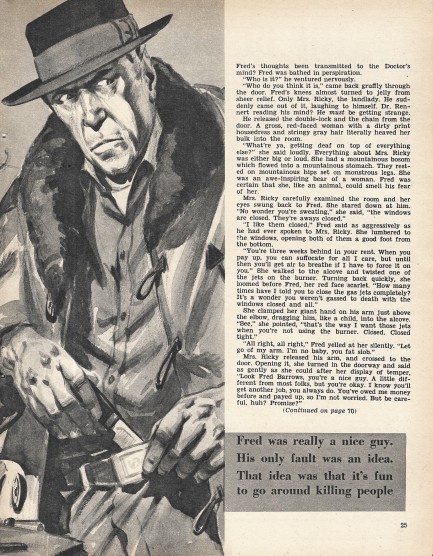   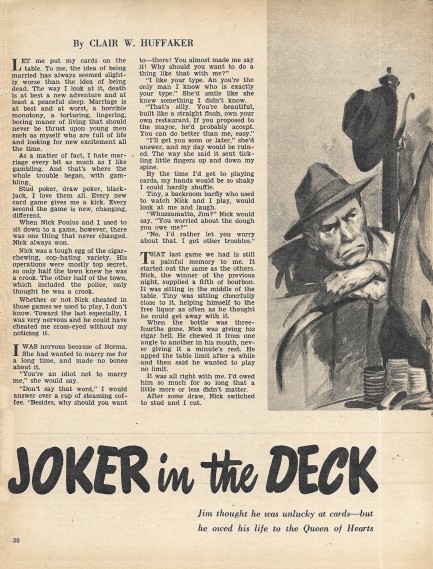 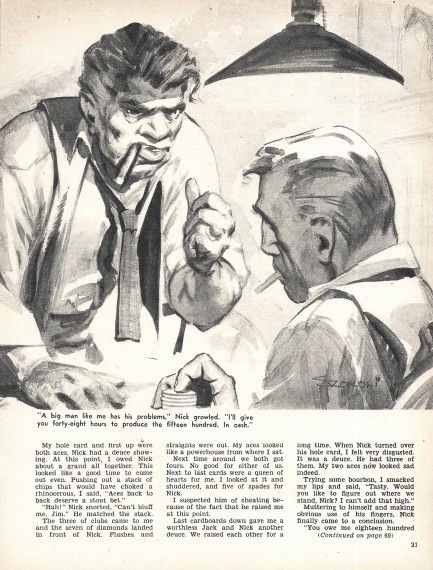 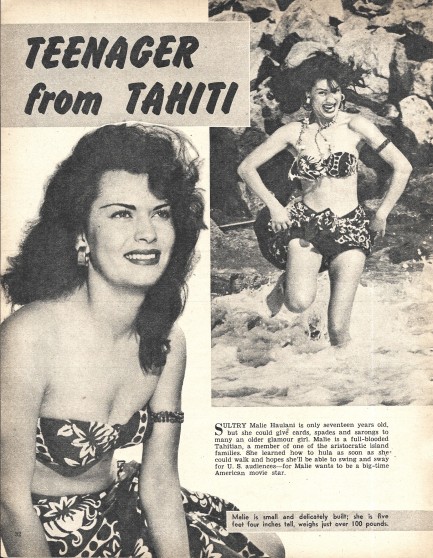 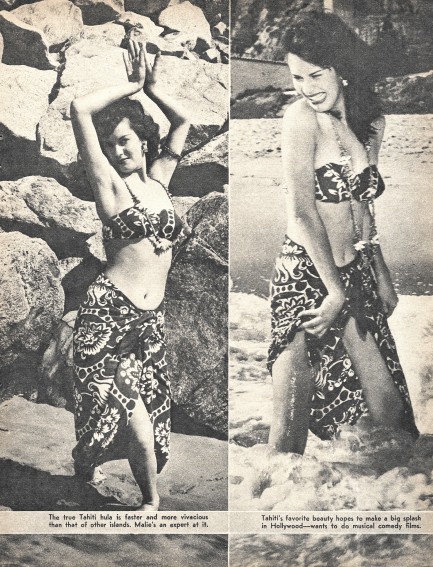 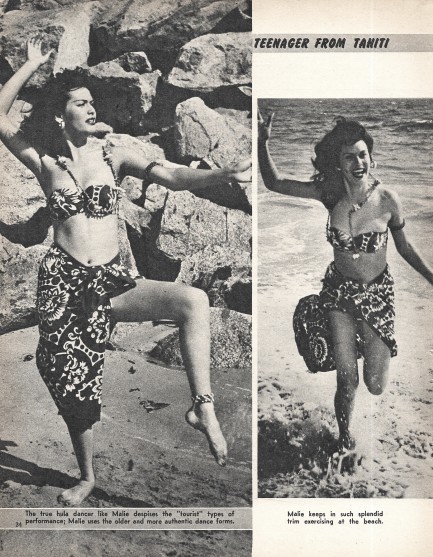 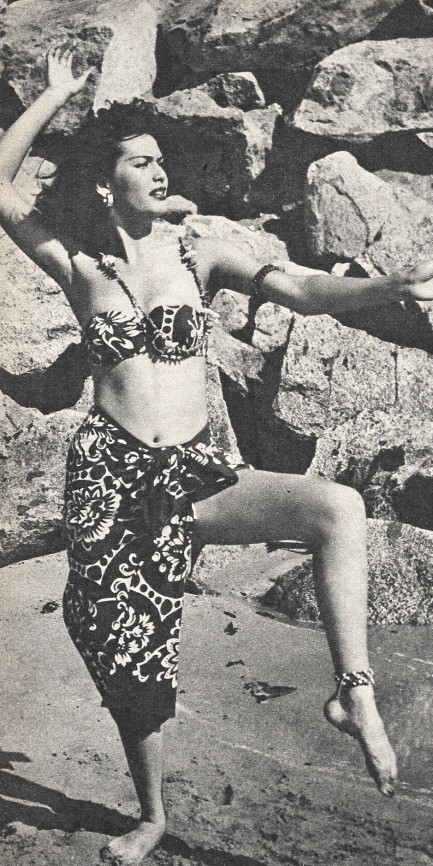   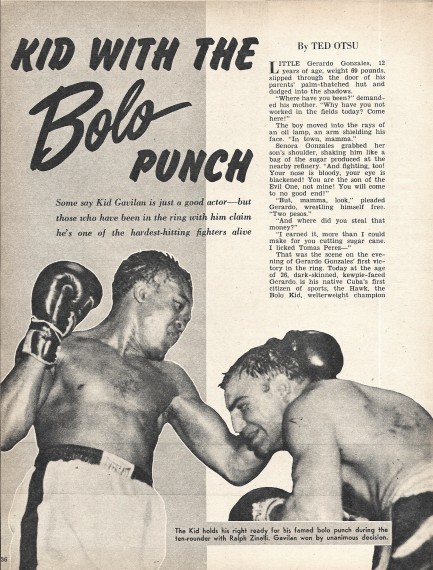 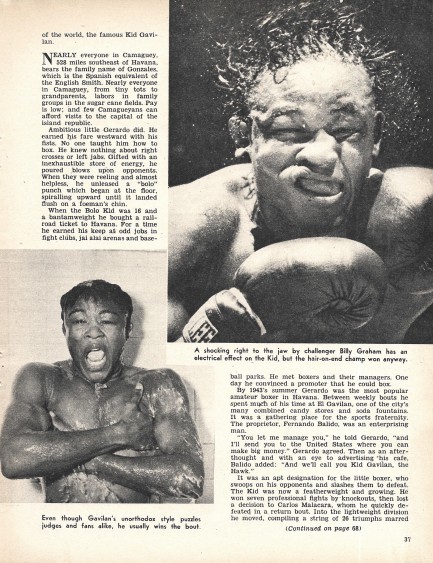 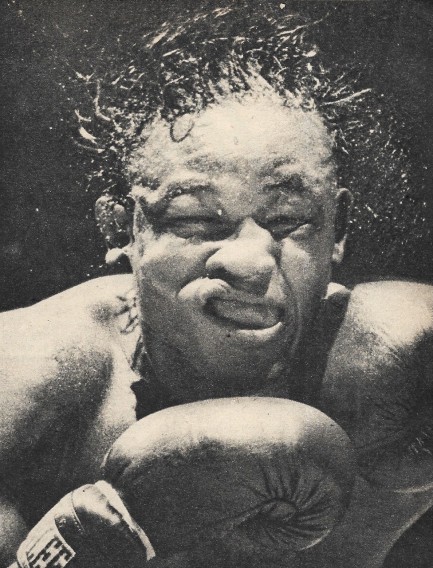  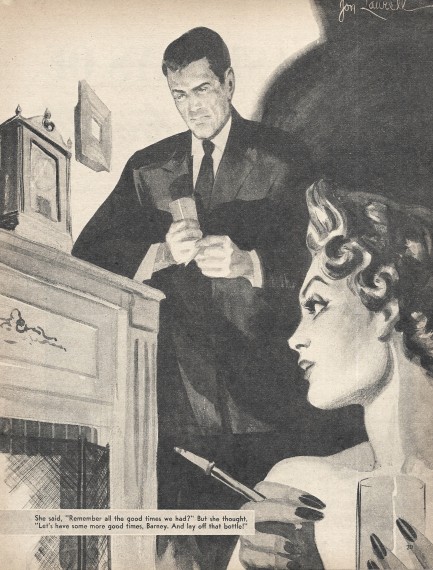 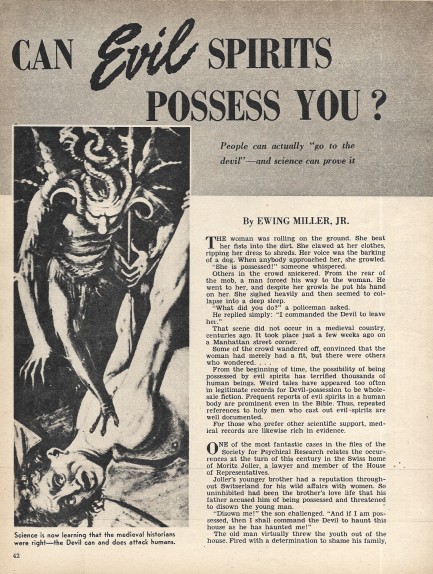 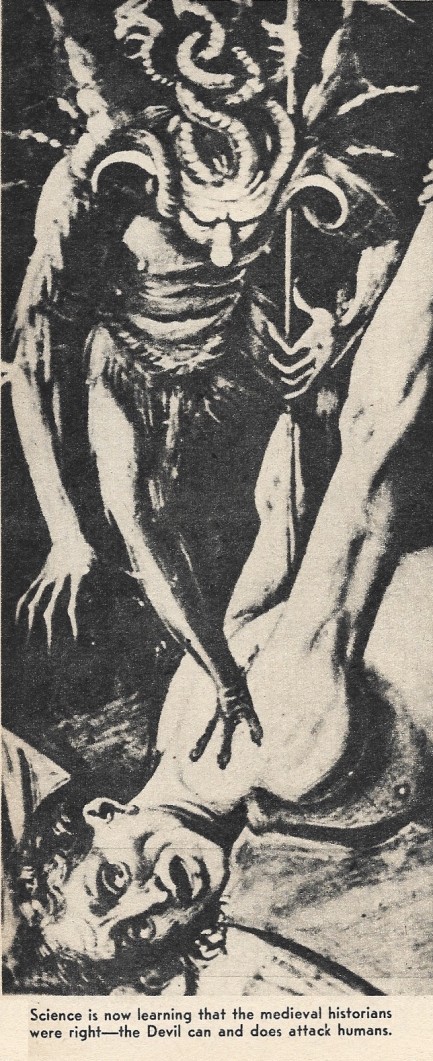 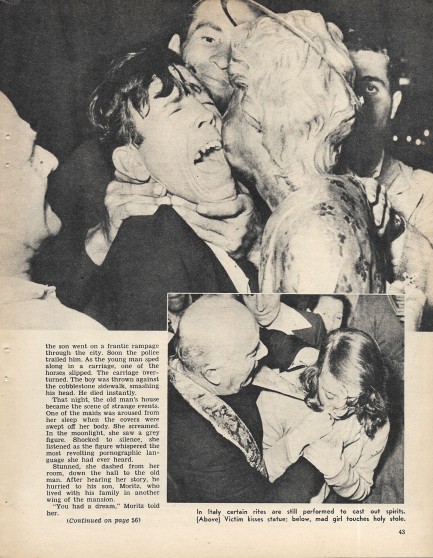 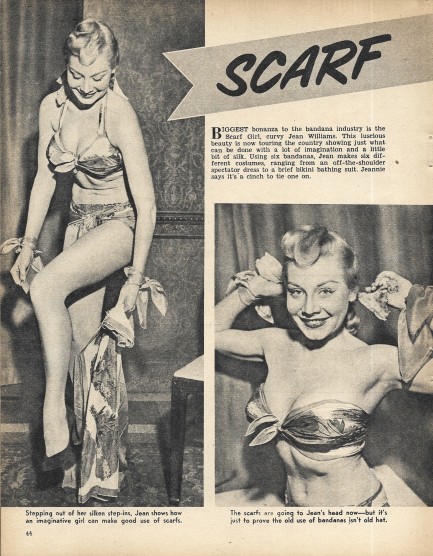  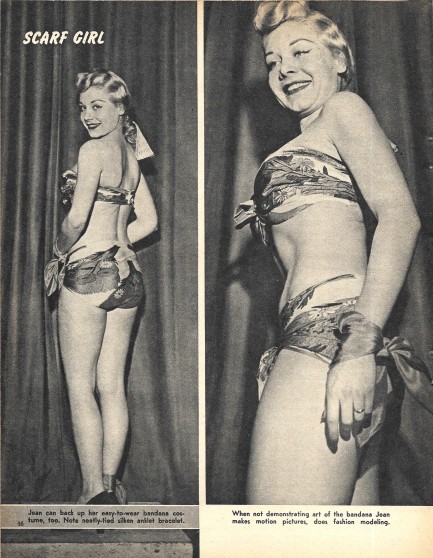 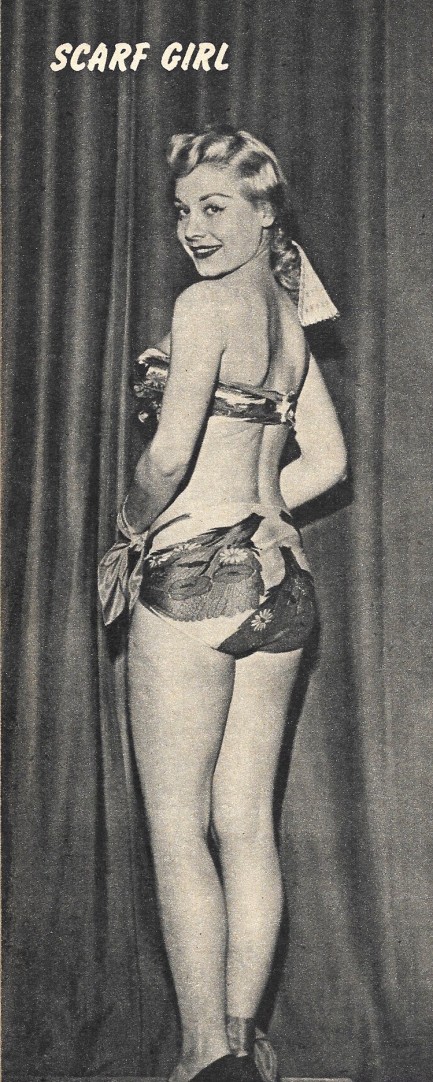  
 Hayworth hits land and a storm soon follows. 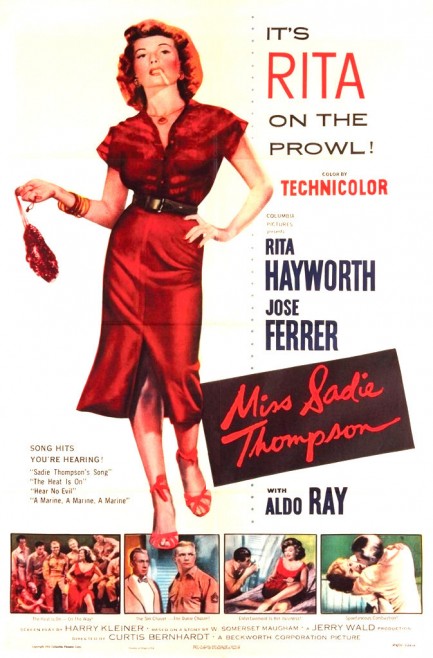
Party girl Rita Hayworth is bound for New Caledonia to start a new job, but makes a stopover on Pago Pago along the way, where her wild ways make a splash at a military garrison and nearby village. A pompous missionary who was on the same boat seems to think Hayworth was run out of Honolulu because she was a prostitute. He has no problem spreading this rumor, but is the point to punish her, save her, or bed her? In style Miss Sadie Thompson is classic Hayworth, with her fun-loving ways raising eyebrows and smiting men around the heart, but in execution the movie falls short of her best. No fault of Rita's, though. She makes the film worth watching, even if it's pretty much guaranteed to leave you going, “Huh?” when the credits roll. Maybe the real value here is the lesson the movie provides about the perils of censorship. Read the W. Somerset Maugham source material and you'll see what we mean. Miss Sadie Thompson premiered in the U.S. today in 1953.
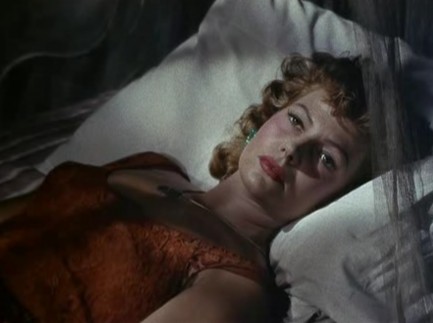 I really don't want to think about what I did in Honolulu. I really don't want to think about what I did in Honolulu.
 But I want to think about it. I'm thinking about it right now. That's why I'm using a hat to cover my little missionary. But I want to think about it. I'm thinking about it right now. That's why I'm using a hat to cover my little missionary.
 Sadie comes. Sadie comes.
 And Sadie goes. And Sadie goes.
 This is the clean side. I just finished using the other side with my Saturday through Tuesday boyfriend. 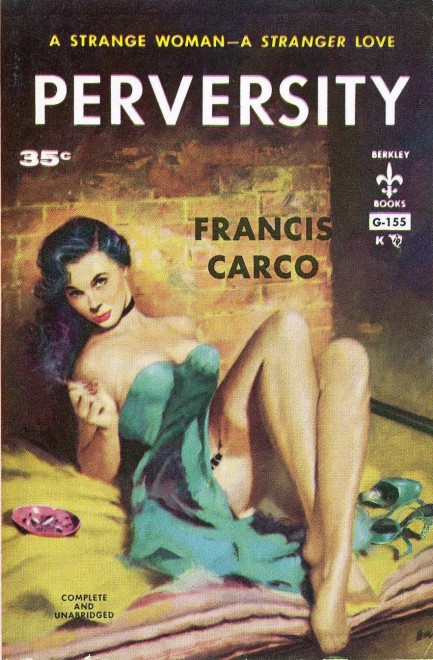 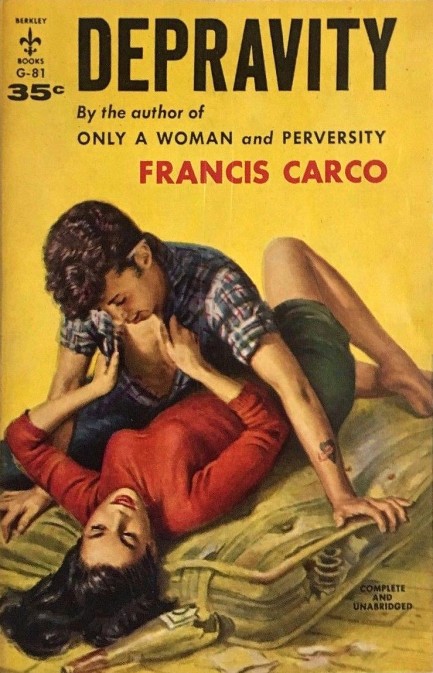
We checked online and the indications that you need a new mattress include: it's more than eight years old, you wake with aches and pains, and there's a noticeable sag. And the indications you need a new life include: your bed is in a filthy slum tenement. Such is the case with Perversity and Depravity, 1956 and 1957, in which virtually every character needs a do-over of their existence. Both books, by New Caledonian author Francis Carco, née François Carcopino-Tusoli, are set in the 1920s Parisian underworld of prostitution, crime, and poverty. Carco deals with these subjects compassionately, and his work is heavy with colloquialism and has a strong sense of place. He acquired his insight the old fashioned way—by consorting with the types of people he wrote about. Though his work is obscure in the English speaking world, he was fairly well regarded in his day and is still remembered in France. These are dark books, maybe even brutal, certainly ahead of their time. Harry Barton painted the cover of Perversity and an uncredited artist handled the chores on Depravity.
|
 |

The headlines that mattered yesteryear.
2003—Hope Dies
Film legend Bob Hope dies of pneumonia two months after celebrating his 100th birthday. 1945—Churchill Given the Sack
In spite of admiring Winston Churchill as a great wartime leader, Britons elect
Clement Attlee the nation's new prime minister in a sweeping victory for the Labour Party over the Conservatives. 1952—Evita Peron Dies
Eva Duarte de Peron, aka Evita, wife of the president of the Argentine Republic, dies from cancer at age 33. Evita had brought the working classes into a position of political power never witnessed before, but was hated by the nation's powerful military class. She is lain to rest in Milan, Italy in a secret grave under a nun's name, but is eventually returned to Argentina for reburial beside her husband in 1974. 1943—Mussolini Calls It Quits
Italian dictator Benito Mussolini steps down as head of the armed forces and the government. It soon becomes clear that Il Duce did not relinquish power voluntarily, but was forced to resign after former Fascist colleagues turned against him. He is later installed by Germany as leader of the Italian Social Republic in the north of the country, but is killed by partisans in 1945.
|

|
|

It's easy. We have an uploader that makes it a snap. Use it to submit your art, text, header, and subhead. Your post can be funny, serious, or anything in between, as long as it's vintage pulp. You'll get a byline and experience the fleeting pride of free authorship. We'll edit your post for typos, but the rest is up to you. Click here to give us your best shot.

|
|







































 I really don't want to think about what I did in Honolulu.
I really don't want to think about what I did in Honolulu. But I want to think about it. I'm thinking about it right now. That's why I'm using a hat to cover my little missionary.
But I want to think about it. I'm thinking about it right now. That's why I'm using a hat to cover my little missionary. Sadie comes.
Sadie comes. And Sadie goes.
And Sadie goes.






































































